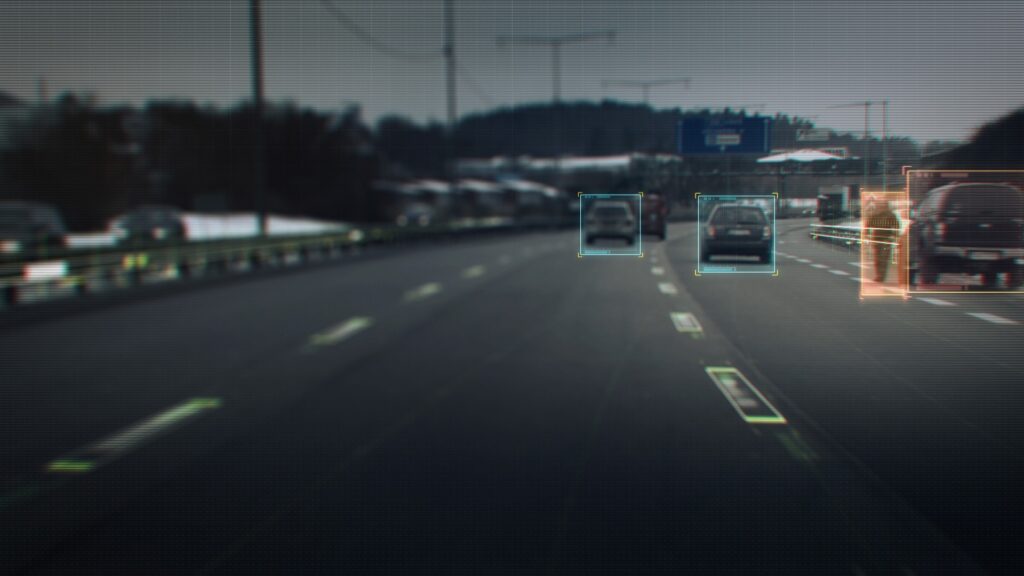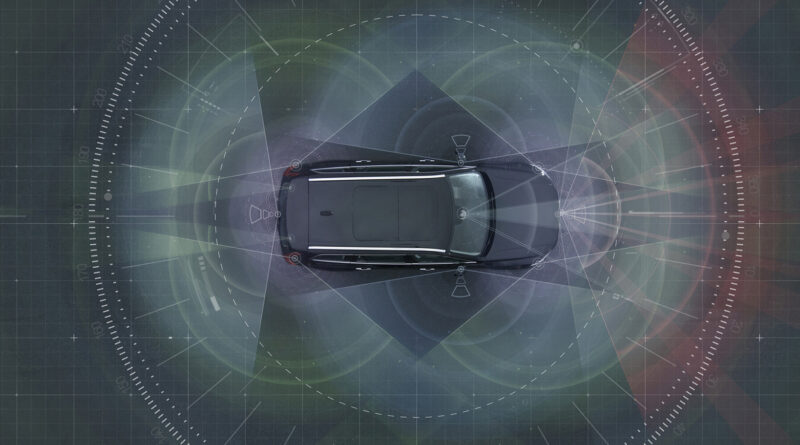Why tech and (stupid) humans don’t mix
Perhaps it’s the whole Car of the Future vibe, but more likely it’s all Tesla’s fault. Either way, a lot of people seem to equate the coming tide of electric vehicles with the allegedly inevitable arrival of autonomous cars.
To say there are a few problems with self-driving cars and their almost endlessly imminent rollout is a bit like saying there are a few problems with guns in America.
There was a time when I dared to believe, and even attempted to be excited, particularly after I was whipped around the streets of Tokyo in a self-driving Lexus, almost a decade ago now, and when an autonomous Honda hurled me around a race track at incredible pace, having been taught how to steer by a tame racing driver.
In 2016, I was stunned to hear an Audi executive insisting, on the record, that his company would have an A8 for sale, within 12 months, offering full Level 3 autonomy – “hands-off, eyes-off, you can check your Tweets or read a newspaper, whatever you like”.
These days, I’m just calling bullshit, not only on far-fetched promises, but current technology, particularly the alluringly named Autopilot offered by Tesla, which is undeniably very clever, but it’s to full autonomy what I am to Sonny Bill Williams, or Elon Musk.
It is, shall we say, not flawless. But the car companies, and even the tech, aren’t the problem. I’ve had car-company tech types tell me they could sell a full self-driving car tomorrow, if only governments would let them do so. It’s all about regulations, they reckon, and chicken-hearted politicians.

I reckon they’re actually pretty relieved not to be allowed to conduct the kind of massive, expensive experiment that self-driving cars would be, not because they’re not highly capable, but because they’d have to share the road, at least for a while, with inept and stupid human drivers. Just like we all do.
What surprised me most about that Audi announcement four years ago was that when we asked the obvious question – how will anyone ever get insurance, or offer it, for a car that could “crash” its software, and into a tree – they instantly countered that they would offer the insurance themselves. They’d deduced that this was the only way to make the whole idea fly.
Perhaps someone from legal, or finance, stepped in come 2017.
Humans, of course, are not just unpredictable and difficult to read – try teaching a computer what a nod and head bob means at an intersection – but utterly stupid. Like the Canadian who was recently found asleep at the wheel of his Tesla as the Autopilot somehow managed to keep him on the road at 150km/h.
The Royal Canadian Mounted Police received complaints about some hoon speeding in a Tesla Model S and when they caught up with him, “both front seats completely reclined and both occupants appearing to be asleep,” the police reported.
Earlier in the year, also in Canada, a man was caught using both hands to FLOSS HIS TEETH while not driving along at 135km/h. Before that, a Tesla was spotted driving on the wrong side of the road, without a driver at all.
In the US, investigations are under way into a number of fatal crashes involving the Autopilot function, including one in which the driver was playing games on his phone when the accident occurred. Give that man a Darwin Award.
In short, humans and technology are a difficult mix. Or at least stupid humans and technology.
The only way autonomy will work, in my opinion, is when some country that hates driving anyway – like Sweden – runs a trial that involves taking all the people off the roads and replacing them with clever – and obviously electric – vehicles. A few months later, when no one has died, all of Scandinavia will quickly follow suit. And then probably Japan.
Fortunately, in Australia, we’ll all be dead before we get on board.




